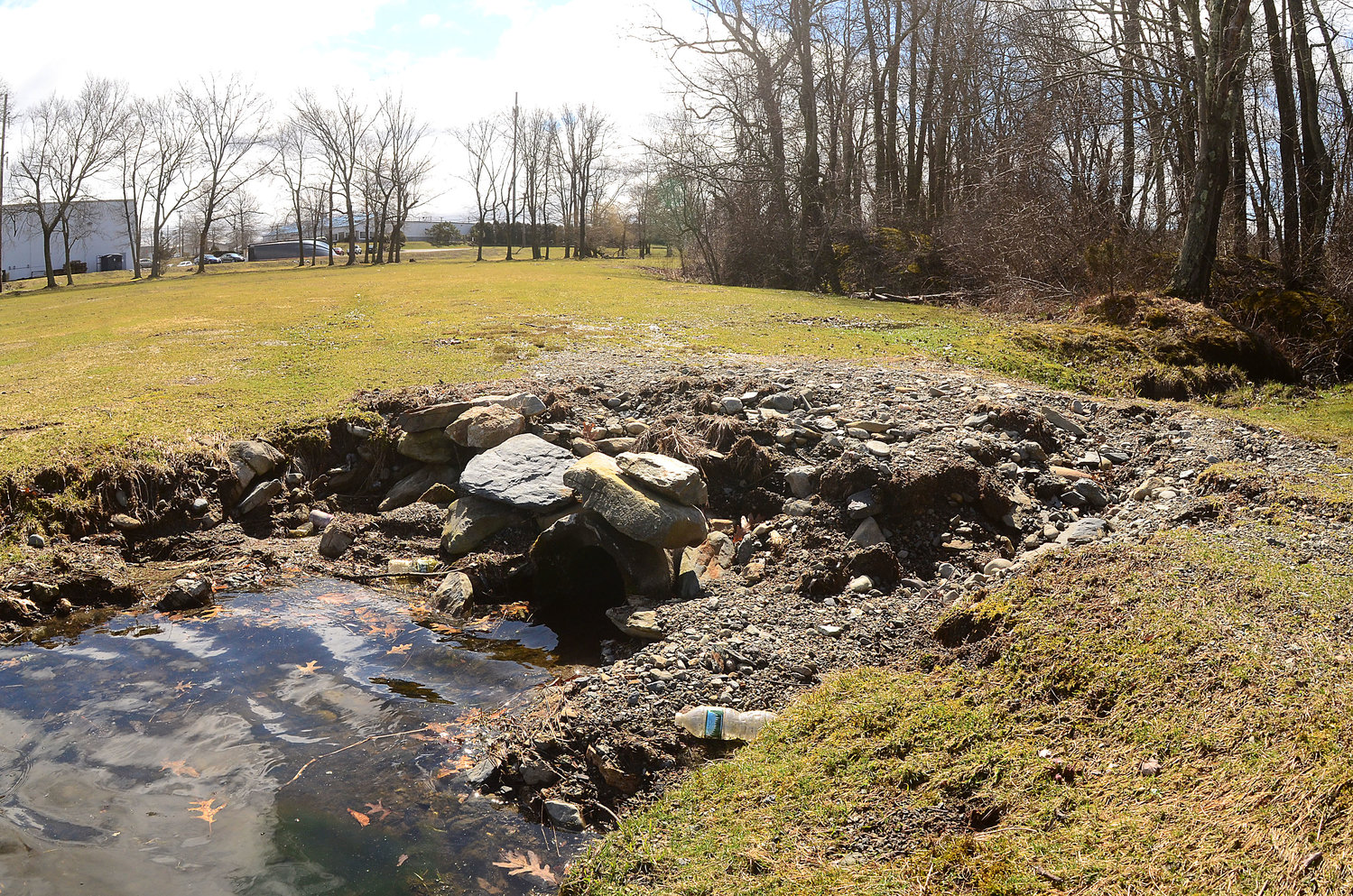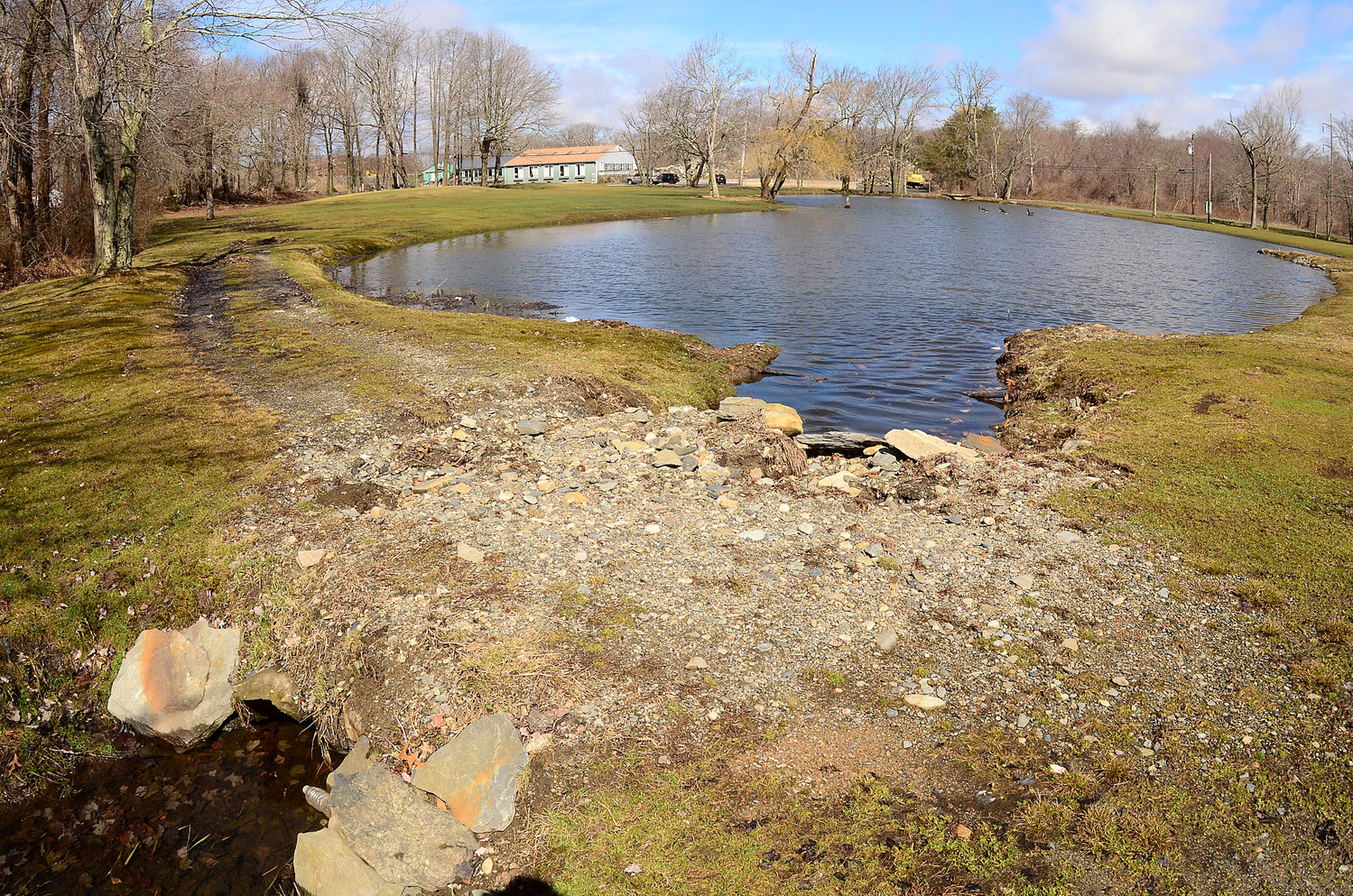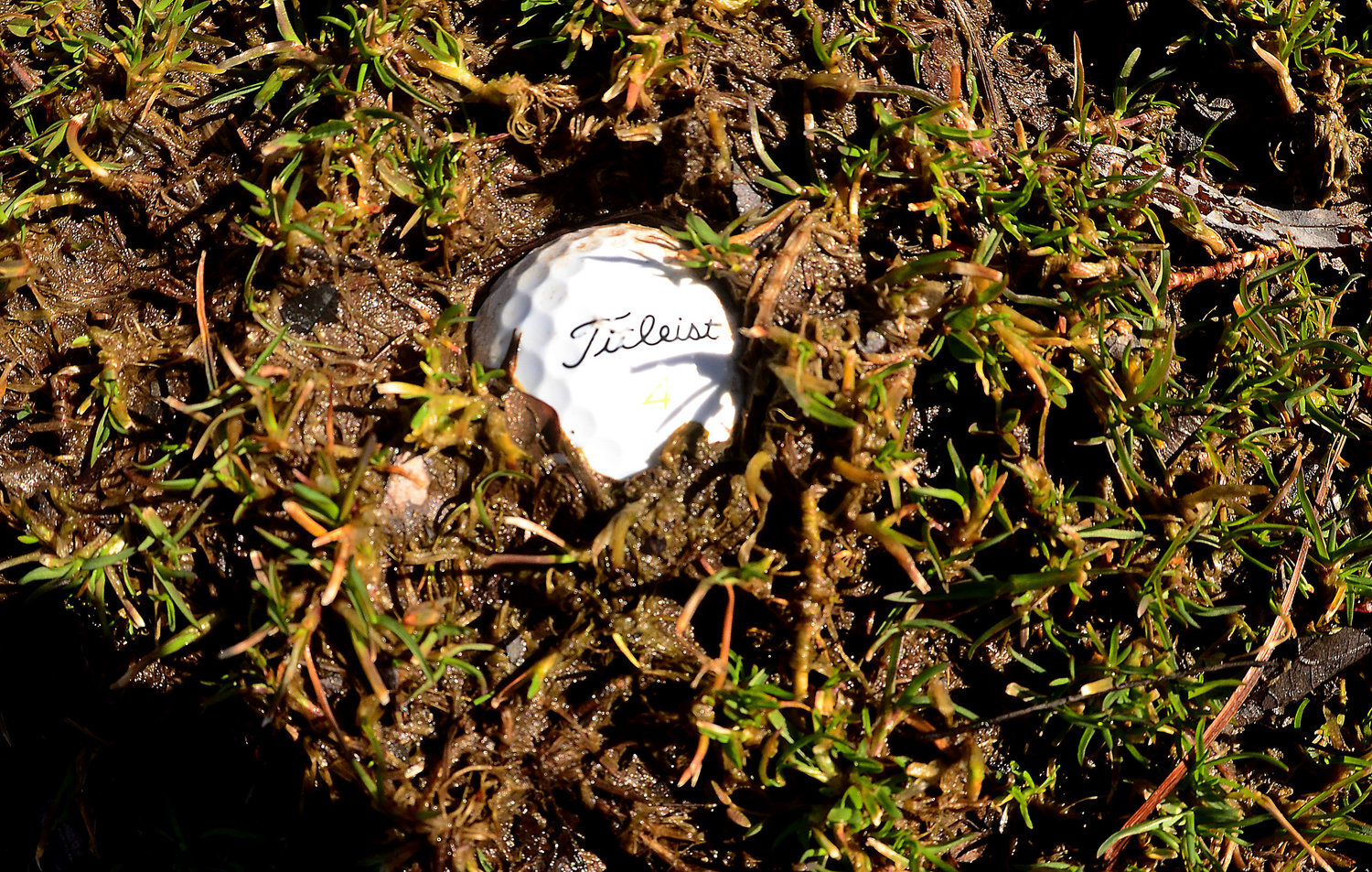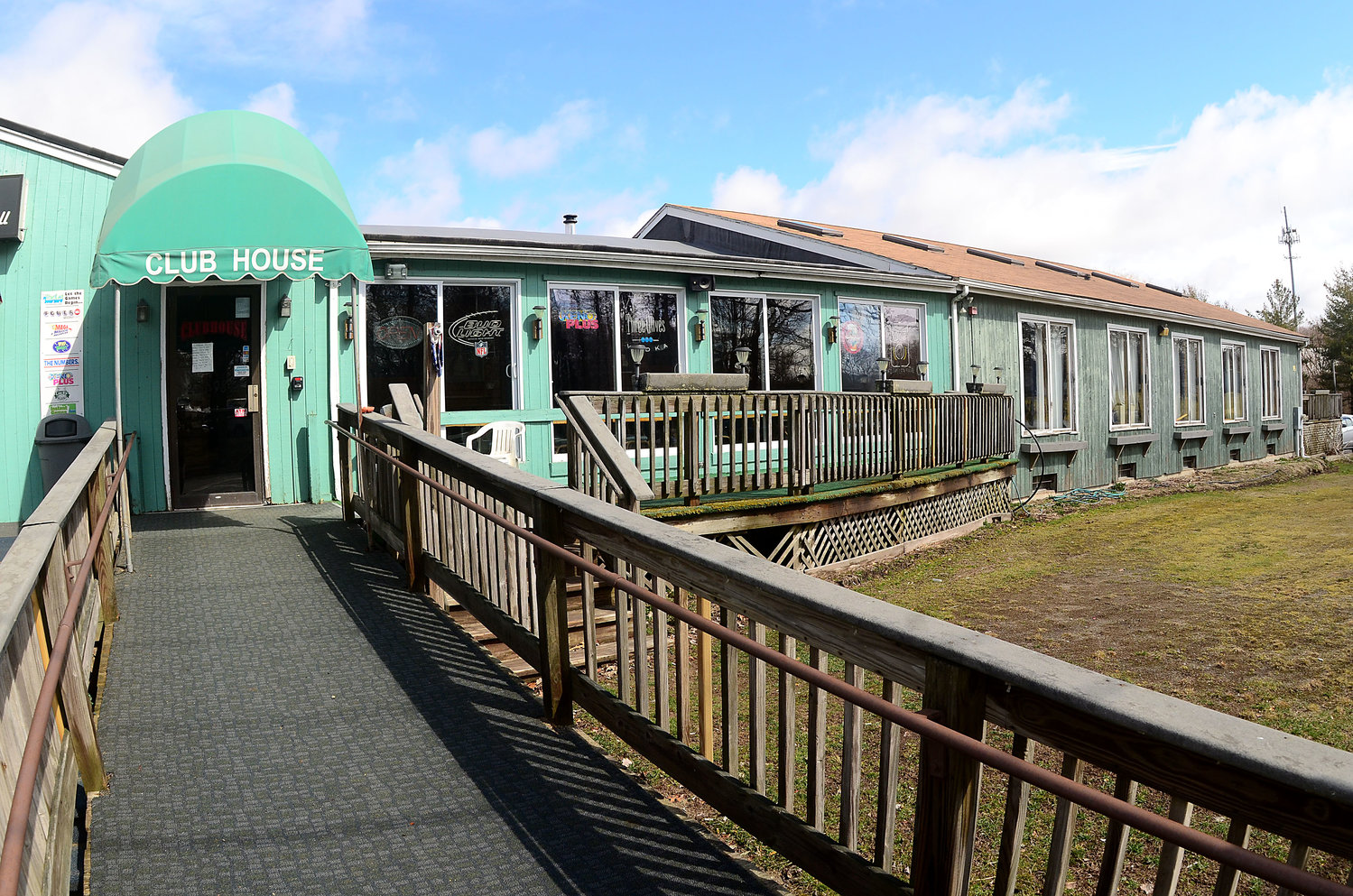A makeover for Bristol's best, worst (and only) golf course
Long before the Bristol Golf Club gained national notoriety for being “of a worseness so extreme that you occasionally wonder if it’s not ironic,” (“ When a Bad Golf Course …
This item is available in full to subscribers.
Please log in to continue |
Register to post eventsIf you'd like to post an event to our calendar, you can create a free account by clicking here. Note that free accounts do not have access to our subscriber-only content. |
Day pass subscribers
Are you a day pass subscriber who needs to log in? Click here to continue.
A makeover for Bristol's best, worst (and only) golf course
Long before the Bristol Golf Club gained national notoriety for being “of a worseness so extreme that you occasionally wonder if it’s not ironic,” (“When a Bad Golf Course Edges Into Goodness,” New York Times, May 22, 2011), it was the site of an important watershed for both the Warren River and Bristol Harbor. In fact, it still is.
Regardless of the opinion of writer and course aficionado Charles McGrath, who claimed that whoever designed it “deserves credit for stubbornness” for building a golf course “where nobody else would have thought it possible,” it is and will remain a recreational resource for its longtime fans and the people of Bristol.
Town Administrator Steven Contente reports that residents like it and want to keep it; the town planning department agrees, and they are working to create a plan that will allow golf and environmental stewardship to work together on the property, into the future.
Topographically, the golf club occupies a high point about where Tupelo Street runs between Hope Street and Metacom Avenue. To the north, water runs downhill to Oyster Point, ending up in the Warren River. To the south, it runs through much of Bristol until it reaches the harbor.
Decades of abuse have left much of the watershed at death’s door, and concrete steps must (and are) being taken to remediate it — something the town has known since the results of a major 2007 study on the health of the water body was completed.
A lot of dirty water
Looking at the report that emerged from that study, the first thing that strikes you is how massive the Silver Creek watershed really is. It covers a good part of the interior of Bristol, encompassing not only the Tupelo Street golf course, but also the Broad Common Road manufacturing corridor, Mt. Hope High School, St. Mary’s Cemetery, and hundreds of private homes. It all adds up to a lot of pressure on an ecosystem that performs its important function best when it is simply left alone.
Contaminants enter the watershed from a variety of potential sources, natural and otherwise. Geese are a huge problem. Their droppings contain compounds that upset the nitrogen balance of the ecosystem. Fertilizers and urban and industrial runoff act much the same way, and it only gets worse downstream. An application of fertilizer, or the droppings of a flock of geese, percolate into the watershed up at the golf course. The contaminated water flows downstream to the high school, where Silver Creek picks up the chemicals from any fertilizer used on fields or nearby lawns, increasing the concentration of pollutants.
The water quality continues to decrease as the water branches, flowing through the cemetery, behind Benjamin Church Manor, and past Guiteras School. By the time creek flows into the brackish pond in front of Guiteras, the water is filthy. Here it receives a final splash of goose before flowing into the harbor with the next falling tide.
“The Bristol Golf Course has been on the town’s radar screen for a long time,” said Ed Tanner, town planner. “It’s the headwaters of Silver Creek. As soon as you get off the golf course, it’s a river. On the course, it’s fully mowed, piped and channeled. It’s become a flooding and water quality issue all the way downstream.”
For the past decade or so, volunteers from Save Bristol Harbor have been collecting data through their water sampling activities. They began in the harbor itself, and have gradually worked their way upstream, creating a comprehensive picture of the health of the watershed from beginning to end.
“Silver Creek is a huge contributor to pollution problems in Bristol Harbor and Narragansett Bay,” said Mr. Tanner.
EPA gives town $300,000
The grant, which was applied for by Director of Community Development Diane Williamson, and received in the fall, consists of $300,000 from the federal Environmental Protection Agency, specifically earmarked for southern New England estuary restoration. The match will be made up of some town money, as well as staff and volunteer time.
The plan is to restore some of the course to its natural state, including vegetation that will help filter the water. “The design stage is next,” said Mr. Tanner. “We think we know what we want to do out there, we just don’t have the exact layout yet. But one of the important goals is to maintain the golf course. The town purchased this land back in the 1980s as open space, and there is the expectation that we will maintain some type of course.”
What kind of course that will be remains to be seen. It will be a much different course than what they have today, but the town’s goal is to keep nine holes.
“We’ll have to see how the design works out,” said Mr. Tanner. “The main goal is water quality and eliminating flooding issues, but we want to keep active recreation here.”
They have an engineering consultant in place, Wright-Pierce, which has worked with the town on recent projects at Guiteras School, as well as at the Town Beach; the team includes a landscape architect who specializes in golf course restoration.
They are looking at an April kickoff for design and permitting, and construction realistically getting underway in the spring of 2020.





















